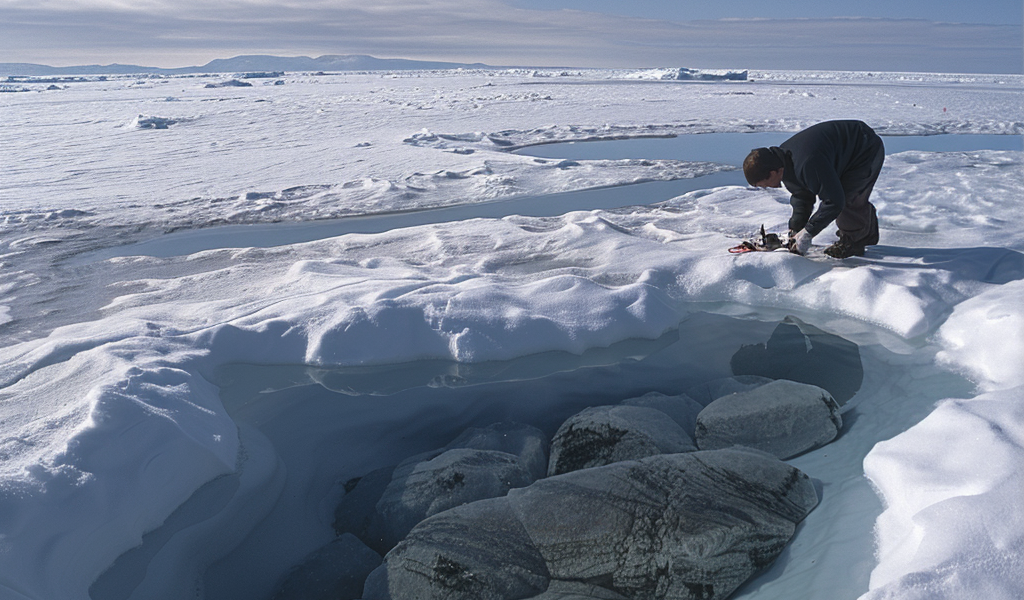Renowned Virus Researcher Warns of Potential Pandemic Threat from Ancient Viruses in Arctic Permafrost
A renowned virus researcher, Jean-Michel Claverie, has raised concerns about the potential threat of a future pandemic originating from ancient viruses emerging from permafrost in the Arctic region. Claverie, an emeritus professor of genomics at Aix-Marseille University in France, made a groundbreaking discovery when he successfully revived a 30,000-year-old virus from permafrost, marking a significant milestone in his career.
His research has led to the identification of five new families of viruses, termed ‘zombie viruses,’ in samples dating back up to 48,500 years from various locations in Siberia. With the Arctic experiencing accelerated temperature increases due to climate change, Claverie emphasizes the urgent need to address these findings as a potential public health threat rather than mere scientific curiosity.
Speaking at the European Society of Clinical Microbiology and Infectious Diseases Congress in Barcelona, Claverie highlighted the risks associated with unknown viruses preserved in permafrost. As temperatures rise and more areas of permafrost thaw, the likelihood of encountering ancient pathogens increases, posing a significant risk to global health.
Claverie drew parallels with historical pandemics triggered by the introduction of new pathogens to populations, underscoring the potential catastrophic consequences if humanity were to face an unfamiliar virus. He emphasized that while the recent COVID-19 pandemic was a serious global health crisis, the existence of previously unknown viruses could pose even greater challenges, requiring extensive research and vaccine development efforts.
The researcher affirmed the discovery of unknown viruses through permafrost analysis, highlighting the importance of proactive investigation and risk mitigation strategies. Claverie’s insights shed light on the critical need for vigilance and preparedness in the face of emerging infectious threats from ancient sources.





